There are many different types of single-mode fiber optimized for different operating wavelengths and operating conditions ranging from short terrestrial all the way up to long distance submarine applications. Single-mode fiber permits only one mode of light to travel through the core.


Telephony and data communications, the core diameter is considerably smaller - typically 7 to 9 microns. In single-mode fiber, which is commonly used for Multimode fibers are available in many different designs to optimize their information capacity at different wavelengths and operate with a variety of different light sources. In multimode fiber, which is commonly used for premise networks where transmission distances are less than two kilometers, the diameter of the core is most frequently 50 or 62.5 microns and is large enough to permit hundreds of rays (or modes) of light to travel through the core simultaneously. The diameter of the core depends on which of two main types of fiber is being made. The international standard for the cladding diameter of telecommunication optical fiber is 125 microns. The core is the light-guiding region of the fiber, while the cladding, which has a different index of refraction than the core, ensures that the light signal remains within the core as it is carried along the fiber’s length. The fiber itself consists of two different types of glass - one making up the “core” and the other making up the “cladding” - surrounded by a protective acrylate coating. A light detector, or receiver, then converts the light back into an electrical signal for processing. In the “on” state, the LED or laser emits light into optical fiber, which serves as a transmission medium through which the light travels. In a typical fiber optic system, a light source (optical transmitter), which is either a light transmitting diode (“LED”) or a laser, converts incoming - 2 - electrical signals into optical signals. We have drawn generally upon the information contained in the publication, “Just The Facts” (1995), issued by Corning, which provides in essentially non-technical terms a basic overview of fiber optics. General information about optical fiber - how it is used, how it is constructed, and its performance characteristics, is relevant to an understanding and analysis of theĬountry of origin issue framed by the request. International Trade Commission (USITC) Publication 2851, February 1995, Industry & Trade Summary, Optical Fiber Cable, and Bundles, B-2). Optical cladding capable of conducting light along its axial length by internal reflection.” (See U.S. Optical fiber may be described generally as “ long thin strand of transparent glass, plastic, or other material usually consisting of a fiber optical core and a fiber Corning is seeking a ruling concerning the country of origin marking requirements of certain glass preforms imported from abroad (from non-NAFTA countries) and drawn or intended to be drawn into optical fiber in the U.S. and the world and a 50 percent owner of Siecor Corporation, the largest manufacturer of optical fiber cable in the U.S.

Corning is described as a major manufacturer of optical fiber in the U.S. (“Corning”), requesting a prospective ruling concerning the country of origin marking requirements of certain glass “preforms” manufactured abroad and drawn into glass optical fiber in the United States. Ikenson: This is in reference to your letters dated Septemand March 6, 1998, on behalf of Corning Inc. RE: Country of origin marking of glass preforms substantial transformation Dear Mr.


 0 kommentar(er)
0 kommentar(er)
